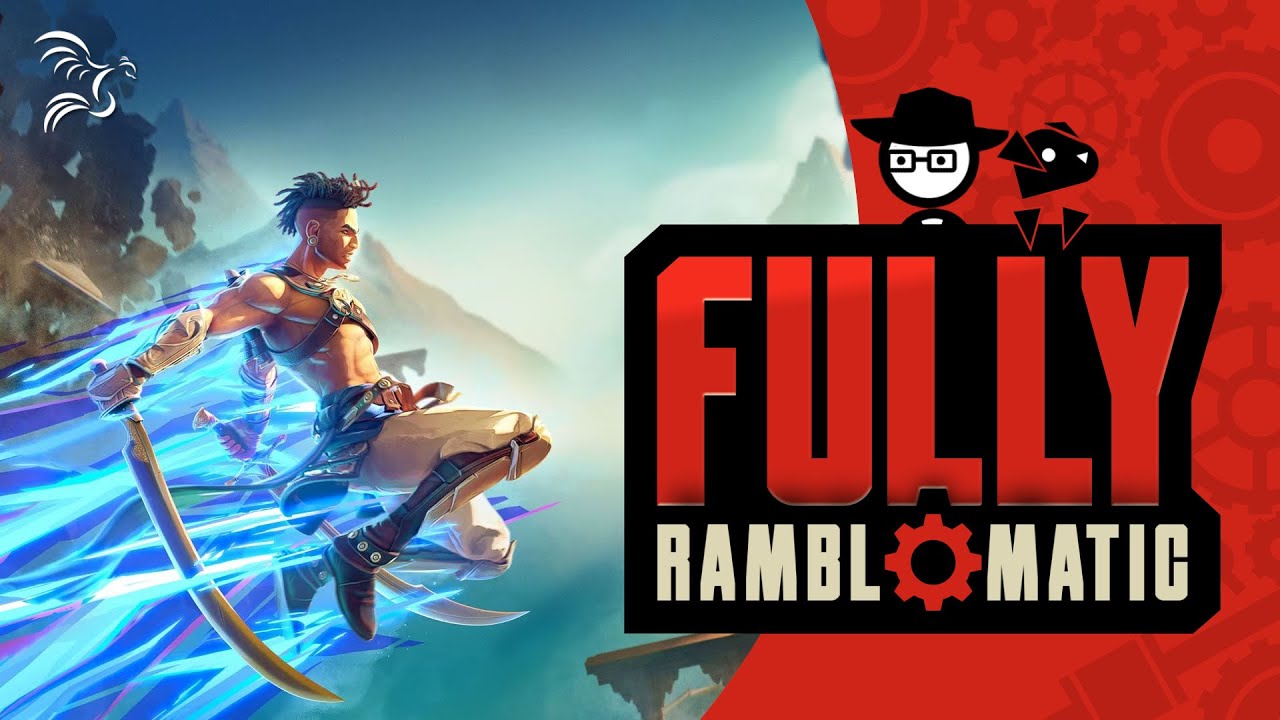

Technically, it can and has been done already. The problem is that AI is very bad at creating new ideas and even worse at understanding what it has created (as is required for plots or jokes). As a result, any writting created with heavy AI influence tends to sound like a child’s stream of thought with an adult’s vocabulary, and any jokes rely purely on randomness or on repeating an existing well-known joke. Similarly with art and animation, because the AI doesn’t understand what it is creating, it struggles to keep animation of elements consistant and often can’t figure out how elements should be included in the scene. Voices are probably the strongest part, but even then, it can be buggy and won’t change correctly to match the context of what is being said.
None of this is to say AI is useless. Its very good at creating a “good enough” quick-fix, or to be used to fill unimportant or trivial work. If used to help clean up scripts or fill in backgrounds, it can speed up the process greatly at minimal cost. It’s a tool to be used by someone who knows the field, not to replace them.




It could be done, but it could even more easily be done to just say Ukrane is part of NATO, and NATO will intervene if necessary to prevent further territory loss. The result would be the same. Putin doesn’t care about the theatrics. He just wants the Ukrainian identity destroyed and the land to be considered Russian. It doesn’t matter to him how NATO is involved beyond how much of a threat they are.